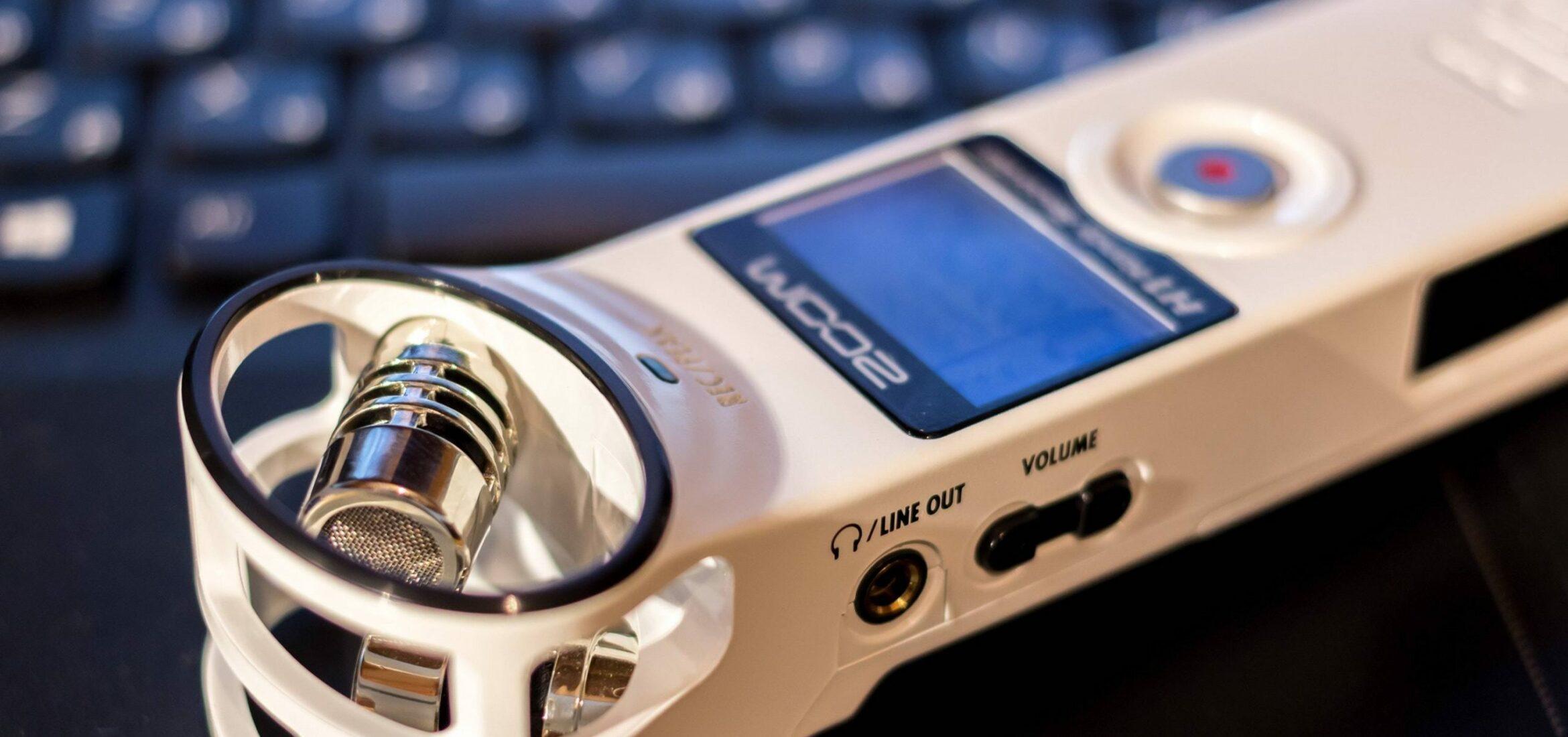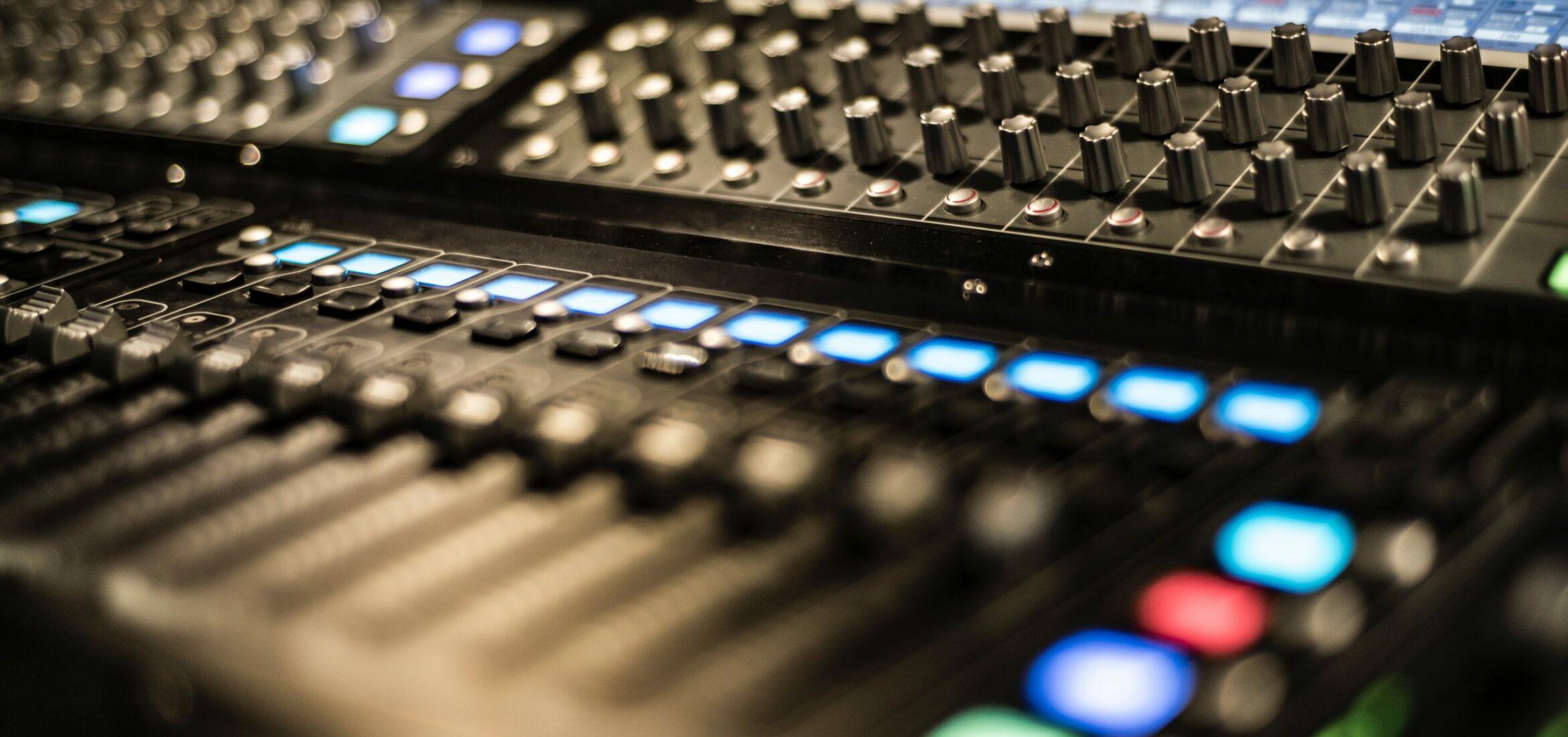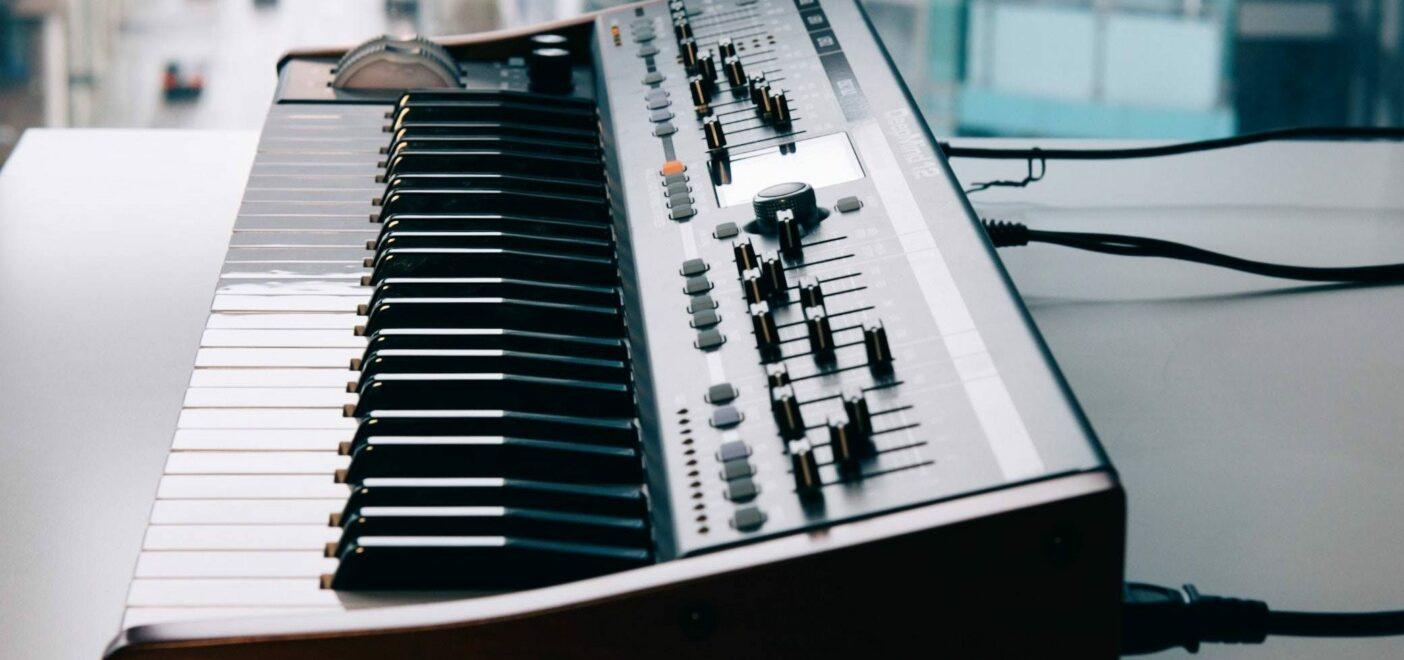Being able to put down ideas and work on your music whenever you need to is incredibly important. Equally, being able to take your talents on the road to work with other great artists is a really exciting idea for most musicians. In order to be able to do this, we need to be equipped with lightweight equipment that’s easy to set up and is reliable. Today, we’re going to take a look at some fantastic portable recording solutions to keep your musical world moving forward. No longer will you have to forget the melodies that pop into your head randomly. No longer will you have to try and recreate any awesome sounds you come across in your travels. It’s time to hit the road and go and make quality music with everyone and anyone you can because these days, portable recording is a reality!
iOS & Android Recording
The easiest way to make portable recording work for you is to incorporate as much technology as you can that you already own. This means keeping things cheaper and it’s also less stuff to carry with you. For instance, whenever you go anywhere you are more than likely to take your phone with you. If you can treat your phone as your interface then that’s one less thing you’ll need to carry with you. A lot of the big names in microphone technology have realised that portable recording to a mobile device is important. It’s something that people want to be able to take advantage off, especially given that it reduces the cost to the individual. Below I’ve got four great products that will allow you to record directly to your phones with quality that can easily rival any home studio setup.
Rode i-XY
First up we have the i-XY from Rode. I’m sure that the Rode name is very familiar to a lot of you as you’ve probably owned (or currently own) one of their fantastic microphones. Rode have always been known for quality and budget price points and the i-XY is no exception. This portable recording solution comes with a fixed near-coincident pair of cardioid microphones offering a full 20Hz – 20kHz range and up to 120dB of input headroom. The quality is exceptional compared to the onboard recording capabilities of any current iOS device. It’s also available with a lightning bolt attachment as well as the old 30-pin design (for those of you still on the iPhone 4 like me) so it’s available to anyone using an iOS device.
The only downsides to this device are that it’s a fixed stereo microphone. This means you can’t adjust the width of the stereo field. It also means that it’s not ideal for mono sources such as vocals. However, if you’re looking to record instruments, performances, or just found sounds then the i-XY is perfect in terms of portability and quality.
Shure MV88
Next, we come onto a fantastic bit of iOS kit from another household name in the recording world. The Shure MV88 has a similar price point to the Rode as well as the same high build quality that we have come to expect from these companies. Where the Shure differs is that it has an adjustable polar pattern allowing for bidirectional and mono recording. If you’re looking for the ability to record singular sources such as vocals then this will be a better choice for you. Apart from this, the specs are pretty much the same, providing the same level of quality in terms of audio.
However, the Shure does have a slight edge. With the MV88 comes Shures MOTIV app. This acts as a simple, portable recording suite that allows you to control stereo width, polar patterns and even EQ. This is essentially like carrying most of a studio with you inside your phone. Now you might be thinking that you’d rather do your audio editing in your DAW when you get home and for the most point, you’d be right to think so. It’s easier and you get more control with your choice of plugins. However, portable recording often gets done in rooms with less than ideal acoustics. This is where MOTIVs EQ can come in handy, allowing you to make adjustments to the microphone before recording to get the best out of the space that you’re in.
Zoom IQ7
The last of my iOS offerings is the Zoom IQ7. It’s been long established that Zoom is at the forefront of consumer portable recording. Knowing this, it makes sense to stick with their products for your iOS recording needs. They haven’t let us down with this great bit of gear. It comes in cheaper than the aforementioned Rode and Shure devices whilst offering slightly more for your money. You might be thinking that if that’s the case, why even mention the other two? My main reasoning for this is that those two products were built and designed by industry-standard microphone builders. With audio quality being the most important thing here, it’s unsurprising that both the Rode and the Shure, in my experience, sound marginally better than the Zoom. My aim here is to provide you with choices so you can find what works best for you.
The IQ7 comes with fully adjustable microphones that can be positioned to work with the source you’re recording as well as offering, much like the Shure, the ability to switch between 90 degrees, 120 degrees and mid-side recording. This again provides more control over stereo width so you can find what works best for the source. It also comes with Zooms own mobile app for music production which allows you to trim clips, apply EQ and reverb and even add a basic mastering chain.
Rode VideoMic Me
Unfortunately, portable recording solutions for Android devices is quite lacking. The only realistic device with any degree of quality is the Rode VideoMic Me. The main reason for the lack of devices for Android is due to the supply of power to the external device. Every Android microphone attachment you can find is going to connect via the headphone socket and so can only transmit signals.
With this being said, the VideoMic Me is still a pretty good pressure gradient shotgun microphone, capable of capturing vocals quite well. The frequency range is limited with a low cut off of around 100HZ so if you’ve got quite a deep, full voice then this probably won’t yield any recordings you’d want to commit to a final mix. However, if you’re just looking for a way to get ideas down on the go that doesn’t sound like they were recorded on a phone, it’s a great bit of kit at a good price point.
No Interface, Quality Recordings
So perhaps you don’t have a smartphone or you don’t like the idea of using it to record on? No worries as I’ve got you covered there. Portable recording devices have been around for a long time but the introduction of some of Zooms most recent models have really changed what can be done on the go. If you’re wanting to record on the go, using your own microphones and equipment then you’ll want to check out the Zoom H4N. This device not only operates as a solo recording system but also has two combi ports allowing you to attach external microphones or instruments. They also provide phantom power so you can literally hook up two high-quality microphones and record directly onto the H4N.
In terms of portable recording, this is perfection. Packing your favourite microphone, an XLR lead and the H4N into your bag is going to be no hassle at all. It’ll mean you can make studio-quality recordings (given you’re in a good space) wherever you are on earth. Portable recording doesn’t get any better than this. Once you’re done, simply hook the device up to your PC and get the files off of the internal storage. They can be chucked straight into your DAW and you’re good to go.
Portable Recording Booths That Work
So you’ve got your recording devices all sorted out. You know how you’re going to record and what sounds good for you. Now you’ve got the issue of dealing with what the place you’re recording sounds like. As many of you probably know, recording in untreated spaces with no soundproofing can be less than ideal. Horrible resonances get picked up in the microphone, background noise is an issue and short muddy reverbs can irreversibly affect the quality of your audio. This is where a decent isolation vocal booth can play a big part in portable recording. None of these devices is going to be a replacement for a proper studio but they can go a really long way in minimising issues when recording.
Kaotica Eyeball
From bedroom rap vocalists to Grammy award-winning gospel producers, the Kaotica Eyeball is slowly becoming a music industry staple. This all-around isolation booth creates a space within a space for your microphone to breathe while you record. The design filters out unwanted reflections and background noise, directing the full energy of your performance into the microphone. This also helps to reduce any natural reverb that occurs in the room you’re recording in. It’s not a perfect solution and in my experience, should still be coupled with some acoustic dampening to cancel out late reflections. However, for portable recording and getting the best possible quality out of your recordings, it does a fantastic job and is well worth the investment.
ISOVOX 2
If you’ve got a little bit more money to spend and portable recording is really important to you then the ISOVOX 2 is going to be the next thing you’ll want to buy. This new product is gaining significant traction in the professional music industry. It claims to be able to provide near studio-quality recording, anywhere in the world. I haven’t personally had a chance to test one of these out yet. However, from the endorsements and demos I’ve seen, it certainly looks like a game-changer.
The quadruple layered acoustic panels reduce noise by an incredible amount both leaking in and out of the ISOVOX. This means you won’t be bothering any neighbours you might have on your travels. Equally, background noise won’t be of any issue. The size of this foldable device makes it portable. However, it’s large enough to not feel uncomfortable or create any compromises in recording quality. It claims to offer a warm and punchy recording with enhanced vocal detail. If you’re on the road a lot and find yourself recording in hotel rooms or with collaborators then this truly is a worthwhile investment.
TL;DR
Portable recording is a really useful thing to have access to. It allows you to keep track of ideas and work with other musicians. It also means you never have to put down that catchy new tune you’re working on. Some of the simplest solutions for portable recording come from making use of technology that you already have. Buying an attachment for your mobile device can vastly improve the quality of your recordings on the go. Equally, having a quality isolation enclosure means you can minimise unwanted room reflections and background noise. Imagine being able to cleanly record the vocals for your new track outdoors! Finally, if you’re doing a lot of portable recording you might want to make use of the microphones you own. Investing in a portable recording device like the Zoom H4n means you don’t need the equipment you normally would.
Sobre el autor

Tim Dunphy
Ingeniero de sonido y redactor de contenidos especializadosMás de 10 años de experiencia trabajando en el sector del audio. De todo, desde enrollar XLR hasta masterizar álbumes. Soy un hombre hecho a sí mismo y mantengo mis activos en Bitcoin. ¿Qué más hay que saber?
Deja un comentario
Entrar para comentar










